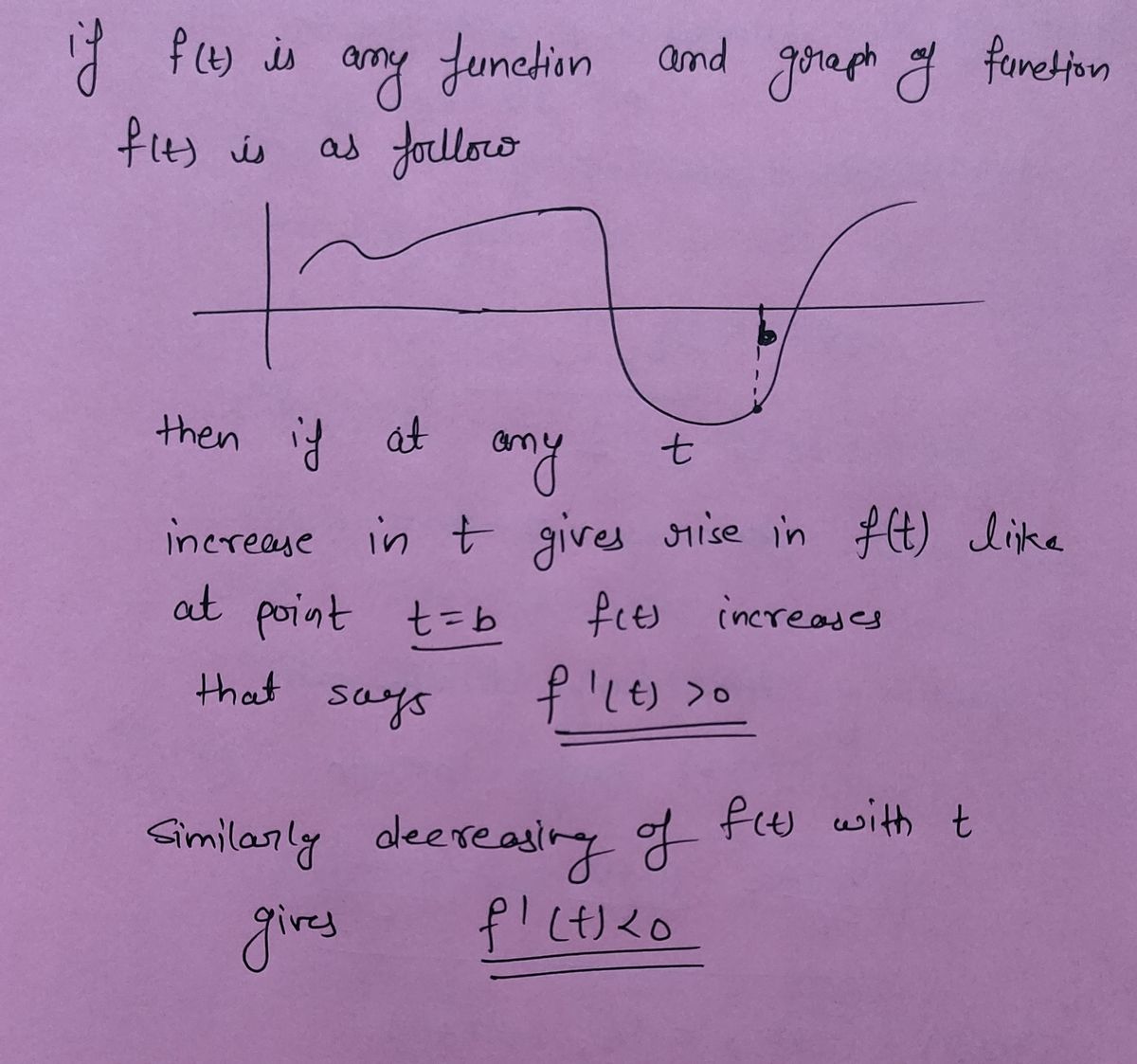Learning Target D2: I can use derivative derivative using difference quotients, and correctly interpret the meaning of a derivative in context. The total fertility rate at time t, denoted by F(t), is an estimate of the average number of children born to each woman (assuming that current birth rates remain constant). The graph of the total fertility rate in the United States shows the fluctuations from 1940 to 2010. y+ 3.5 3.0+ 25 2.0- 1.5 baby boom y = F(t) baby bust baby boomlet 1940 1950 1960 1970 1980 1990 2000 2010 t 1. Determine the sign (+/-) of each derivative F'(1950), F'(1965), and F'(1987). 2. What are the meanings of these derivatives? 3. (Not graded, but really think about it) Can you suggest reasons for the values of these derivatives?
Learning Target D2: I can use derivative derivative using difference quotients, and correctly interpret the meaning of a derivative in context. The total fertility rate at time t, denoted by F(t), is an estimate of the average number of children born to each woman (assuming that current birth rates remain constant). The graph of the total fertility rate in the United States shows the fluctuations from 1940 to 2010. y+ 3.5 3.0+ 25 2.0- 1.5 baby boom y = F(t) baby bust baby boomlet 1940 1950 1960 1970 1980 1990 2000 2010 t 1. Determine the sign (+/-) of each derivative F'(1950), F'(1965), and F'(1987). 2. What are the meanings of these derivatives? 3. (Not graded, but really think about it) Can you suggest reasons for the values of these derivatives?
Advanced Engineering Mathematics
10th Edition
ISBN:9780470458365
Author:Erwin Kreyszig
Publisher:Erwin Kreyszig
Chapter2: Second-order Linear Odes
Section: Chapter Questions
Problem 1RQ
Related questions
Question

Transcribed Image Text:Learning Target D2: I can use derivative notation correctly, state the units of a derivative, estimate the value of a
derivative using difference quotients, and correctly interpret the meaning of a derivative in context.
The total fertility rate at time t, denoted by F(t), is an estimate of the average number of children born to
each woman (assuming that current birth rates remain constant). The graph of the total fertility rate in the
United States shows the fluctuations from 1940 to 2010.
ya
3.5+
3.0+
2.5
2.0
1.5
baby
boom
y = F(t)
baby
bust
1940 1950 1960 1970
baby
boomlet
1980 1990 2000 2010 t
1. Determine the sign of each derivative F'(1950), F'(1965), and F'(1987).
2. What are the meanings of these derivatives?
3. (Not graded, but really think about it) Can you suggest reasons for the values of these derivatives?
Expert Solution
Step 1

Step by step
Solved in 3 steps with 3 images

Recommended textbooks for you

Advanced Engineering Mathematics
Advanced Math
ISBN:
9780470458365
Author:
Erwin Kreyszig
Publisher:
Wiley, John & Sons, Incorporated

Numerical Methods for Engineers
Advanced Math
ISBN:
9780073397924
Author:
Steven C. Chapra Dr., Raymond P. Canale
Publisher:
McGraw-Hill Education

Introductory Mathematics for Engineering Applicat…
Advanced Math
ISBN:
9781118141809
Author:
Nathan Klingbeil
Publisher:
WILEY

Advanced Engineering Mathematics
Advanced Math
ISBN:
9780470458365
Author:
Erwin Kreyszig
Publisher:
Wiley, John & Sons, Incorporated

Numerical Methods for Engineers
Advanced Math
ISBN:
9780073397924
Author:
Steven C. Chapra Dr., Raymond P. Canale
Publisher:
McGraw-Hill Education

Introductory Mathematics for Engineering Applicat…
Advanced Math
ISBN:
9781118141809
Author:
Nathan Klingbeil
Publisher:
WILEY

Mathematics For Machine Technology
Advanced Math
ISBN:
9781337798310
Author:
Peterson, John.
Publisher:
Cengage Learning,

